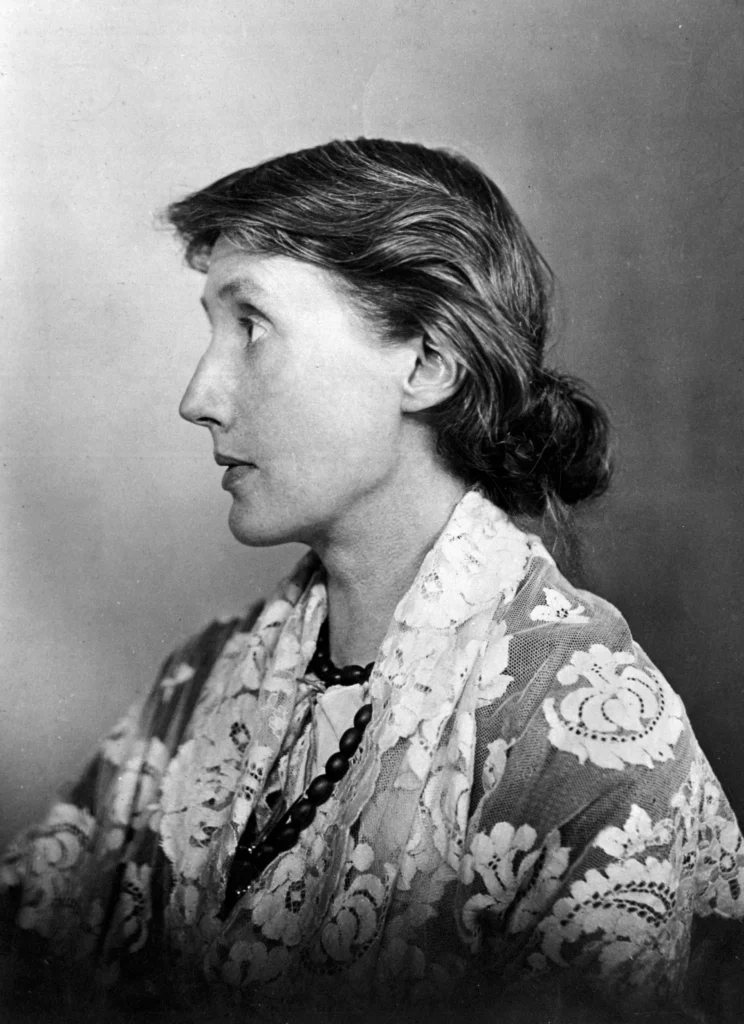In the annals of literary history, few names command as much reverence and admiration as Virginia Woolf. A pioneering figure in the modernist movement, Woolf’s groundbreaking novels and essays continue to captivate readers with their lyrical prose, psychological depth, and experimental narrative techniques. In this article, we embark on a journey through the life and works of Virginia Woolf, exploring her enduring influence on literature and her contributions to the evolution of the novel as an art form.
Early Life and Education
Virginia Woolf was born Adeline Virginia Stephen on January 25, 1882, in London, England, to an affluent and intellectually minded family. From a young age, Woolf was surrounded by literature, art, and culture, with her parents and siblings fostering her love for storytelling and creativity. Tragically, Woolf’s childhood was marked by the untimely deaths of her mother and half-sister, experiences that would later inform her exploration of themes such as grief, loss, and the complexities of human emotion in her writing. Despite these early traumas, Woolf excelled academically and went on to study at the prestigious King’s College London and later at the Ladies’ Department of King’s College, Cambridge.
Literary Career and Bloomsbury Group
In the early 20th century, Virginia Woolf emerged as a central figure in the vibrant cultural milieu of London’s Bloomsbury Group, a collective of writers, artists, and intellectuals who sought to challenge conventional norms and embrace avant-garde ideas. It was within this creative environment that Woolf found her voice as a writer, experimenting with form, structure, and style in her early works. In 1915, Woolf published her first novel, “The Voyage Out,” marking the beginning of a prolific literary career that would span over two decades and produce some of the most celebrated works of the 20th century.
Key Works and Literary Innovations
Virginia Woolf’s body of work is characterized by its stylistic innovation, psychological insight, and keen observations of human nature. In novels such as “Mrs. Dalloway” (1925), “To the Lighthouse” (1927), and “Orlando” (1928), Woolf pioneered narrative techniques such as stream of consciousness and interior monologue, allowing readers to glimpse the inner workings of her characters’ minds in unprecedented ways. Moreover, Woolf’s exploration of themes such as gender, sexuality, and mental illness challenged prevailing social norms and pushed the boundaries of literary expression. In her seminal essay “A Room of One’s Own” (1929), Woolf argued for the importance of women’s financial independence and creative freedom, inspiring generations of feminists and writers to come.
Personal Struggles and Mental Health
Despite her literary success, Virginia Woolf’s life was plagued by periods of mental illness and emotional turmoil. Throughout her adult life, Woolf grappled with depression, anxiety, and episodes of manic behavior, which often manifested in her writing as well. In 1941, at the age of 59, Woolf tragically took her own life by drowning herself in the River Ouse near her home in Sussex, England. While her death was a devastating loss to the literary world, Woolf’s legacy endures as a testament to the power of art to transcend personal suffering and connect us to the shared experiences of humanity.
Legacy and Influence
Virginia Woolf’s influence on literature and culture extends far beyond her own lifetime, shaping the trajectory of modernist fiction and inspiring generations of writers, scholars, and readers. Her innovative narrative techniques, psychological depth, and lyrical prose continue to be studied, analyzed, and celebrated in academic circles and literary communities around the world. Moreover, Woolf’s advocacy for women’s rights and creative autonomy has left an indelible mark on the feminist movement, serving as a rallying cry for equality and empowerment. As we continue to navigate the complexities of the human condition, Virginia Woolf’s voice remains a guiding light, illuminating the depths of our shared humanity with unparalleled grace and insight.
Conclusion
In conclusion, Virginia Woolf stands as one of the towering figures of 20th-century literature, a trailblazer whose groundbreaking works continue to resonate with readers of all ages and backgrounds. From her innovative narrative techniques to her profound explorations of the human psyche, Woolf’s legacy endures as a testament to the enduring power of the written word to transcend time and space. As we reflect on Woolf’s life and works, may we be inspired to embrace our own creativity, challenge prevailing norms, and seek a deeper understanding of ourselves and the world around us through the transformative power of literature.
Read Also: The Anticipated Journey Continues: A Deep Dive into Ted Lasso Season 4
